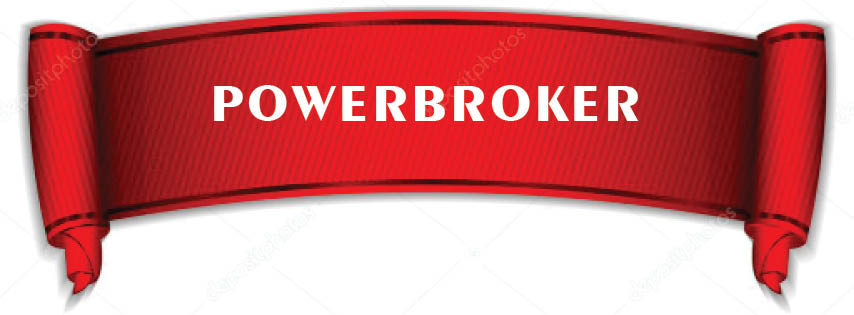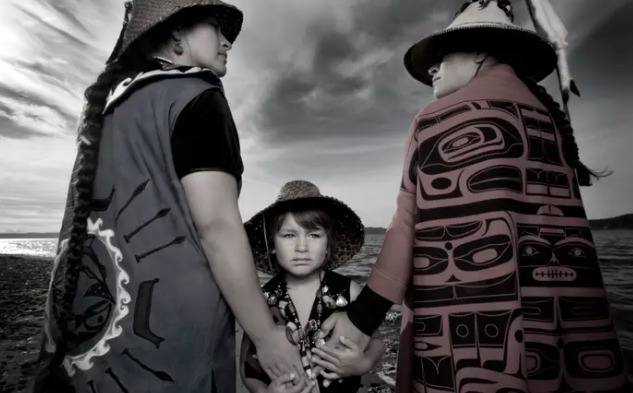Sunday Morning / June 30, 2024
History is a synaptic storytelling of people; an electrical signal that moves from one nerve cell to another through ethnicity and culture to chronicle the affairs of human communities. In the spirit of Boswell, “I have discovered that men may be in some degree whatever they choose to be,” yet the greatest biographer in the English language was leery of even his own pen. Histories are strewn with theories. “I shall read and reread only the biographies.”
“An Indigenous Peoples’ History of the United States” reconstructs 400 years of the Indigenous Peoples' struggle against European Colonization of the Americas. In particular, tracing their conflicts and wars to a political ideology called the Doctrine of Discovery.
When a landmark U.S. Supreme Court decision held that private citizens could not purchase lands from Native Americans in 1823, it was Chief Justice John Marshall who permanently airbrushed the Indigenous Peoples' from the American Frontier. Johnson v. McIntosh reads in part:
Discovery of any and all territory previously unknown to Europeans gives the discovering nation title to that territory against all other European nations, including the Indigenous Peoples.
Population figures for Indigenous Peoples' in North America at the onset of European Colonization in 1492 are difficult to establish. Scholars rely on archaeological data and written records from European settlers. However, most leading scholars gravitate toward a figure of 50-100 million or more. According to the U.S. Census, there are approximately 5.2 million full blooded Native Americans in the United States today, collectively representing 1.6% of the U.S. population.
However, merely highlighting the atrocities inflicted by colonial occupiers, or successive American generations, can't redeem the Native American. Roxanne Dunbar-Ortiz has embraced her own ethnic heritage, a revolutionary identity by asking a central question: Could retelling the true history of the United States transform American society?

Dr. Mary Evelyn Belgarde, Pueblo of Isleta and Ohkay Owingeh.
In 1607, a growing concern called “The Virginia Company of London” established a colony at Jamestown in Virginia on the Chesapeake Bay. Approximately 30,000 Algonquian peoples lived in the region at the time. However, by 1622 the London Company was bankrupt due in part to recurring wars with Native Americans.
American history books note that locals were willing to trade provisions with Jamestown colonists for metal tools. Perhaps you've read or even retell the story of their "First Encounter." What it omits is that by 1609 governor John Smith was sending ‘raiding parties’ to demand provisions from local indigenous settlements; burning settlements which refused their demands and frequently stealing their provisions, leading to the first skiff, conflict and resettlement of Native Americans.
The Indian Massacre of 1622 led by the Algonquian resulted in 347 deaths, and the Virginia Company's charter being revoked in 1624. King James I summarily transferred the London Company’s Virginia Colony to royal authority to become the first British Colony in North America.
Over the next 154 years, tensions rose between Great Britain and the Thirteen Colonies in North America. Native Americans were caught in their crossfire.
Of the six nations that belonged to the Iroquois Confederacy, four, including the Mohawk, actively sided with the British. Oneida and Tuscarora supported the Revolutionaries.
When the Declaration of Independence was signed in 1776, there were 2.5 million people in the Thirteen Colonies. "Which pales in comparison to the 1000+ Native American civilizations residing in North America at the time," according to the Bureau of Indian Affairs.
When young George Washington fought along side the Indigenous Peoples in the French and Indian War he called them “ignorant,” and had a "grudging respect" for their fighting capability. Thats because the Virginia of his youth was a British Colony, and any Virginian who ventured 100+ miles into the interior encountered a sophisticated defense and hostile Indian Territory.

Talon and Sky Duncan / Tribes: Mandan, Hidatsa, Arikara Natio / Matika Wilbur
What isn't widely known is that Washington’s first trips westward were as a young surveyor, and he looked on Indian lands with a surveyor’s eye for the rest of his life. Washington and his fellow Virginians speculated, surveyed, and encroached upon western lands as colonial occupiers.
It is when foreign settlers occupy and reside on land already inhabited by Indigenous People. Settler Colonialism causes displacement, replacement; depopulation; reduction; assimilation; and genocide. Settler Colonialism would shift, effect and shape the American story through the 21st century.
Andrew Jackson's "Removal Act” in 1830 shunts 60,000 Indians from at least 18 tribes west of the Mississippi River in a breathtaking federal act of ethnic cleansing. Abraham Lincoln gives away millions of acres in tribal lands, and is the first executive to authorize the federal executions of Native Americans.
Dunbar-Ortiz observes, “Settler Colonialism is enshrined in the American psyche, and, in particular, the United States Congress who've assumed the right to take lands from non-Christians and non-Europeans derived from 15th-century papal bulls known as the “Doctrine of Discovery."
The Vatican in 2023 said, "We repudiate those concepts that fail to recognize the inherent human rights of indigenous peoples, including what has become known as the legal and political Doctrine of Discovery," and the U.S. Supreme Court followed suit when it upheld a challenge to the Indian Child Welfare Act. Associate Justice Neil Gorsuch writes in Haaland v. Brackeen:
Despite Congress using its powers to divest and terminate federally recognized sovereign nations, the U.S. Constitution simply does not nor has ever granted the authority to limit tribal sovereignty.
Three million acres of land in 15 states has already been returned to tribes through the Interior Department’s Land Buy-Back Program for Tribal Nations. More than 1+ billion has been paid to 123,000 Indigenous peoples to restore their parks from the gateways of California redwoods to Arizona's Grand Canyon. Just this week, a 1,500-acre state park west of Chicago, Shab-eh-nay, was returned to the Prairie Band Potawatomi Nation's sovereignty.
Project 562, a photojournalism project by Matika Wilbur, set forth to document one contemporary Native American person from each of the federally recognized 562 Tribal Nations in the United States in 2012.
Through her work, that number increased to 574 federally recognized Tribal Nations today; and an 8 million dollar grant by the U.S. Department of Education to infuse native programs in public schools.
Though it can't atone for American or European settlers killing 56+ million Indigenous Peoples across North America it can resuscitate 200 lost languages; support native teachers and tribal education agencies; coordinate grant and legal resources; reclaim ancestral parks and homeland; restore tribal sovereignty; retell the American story.








